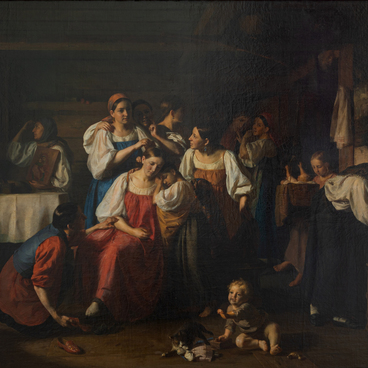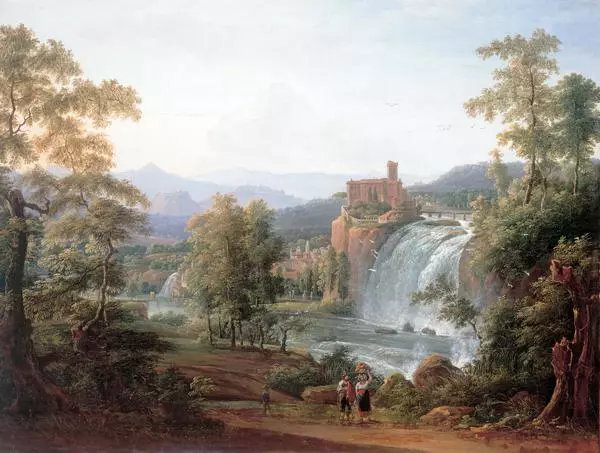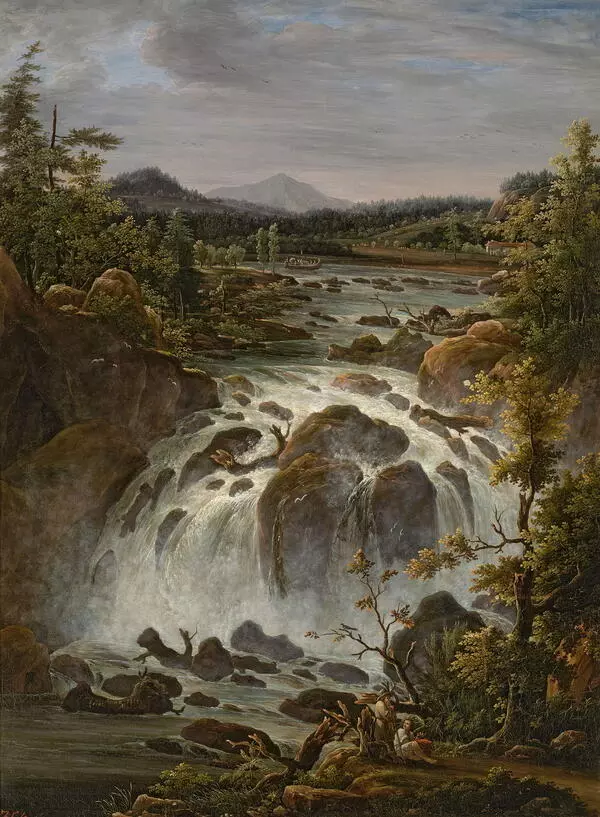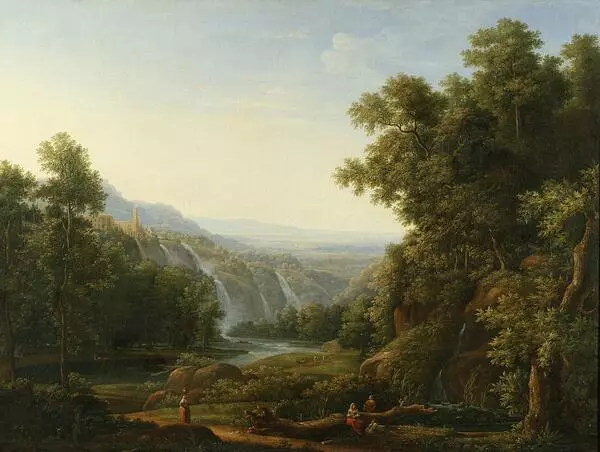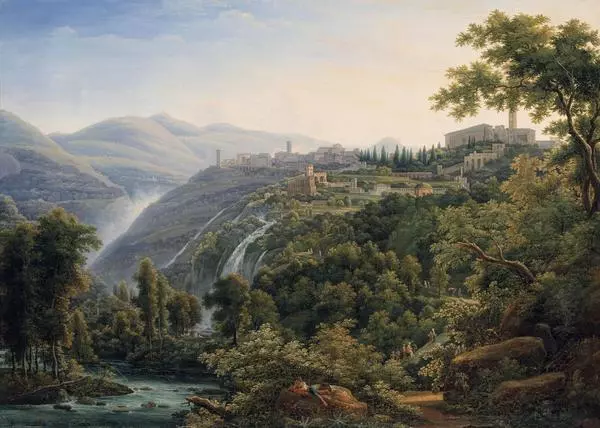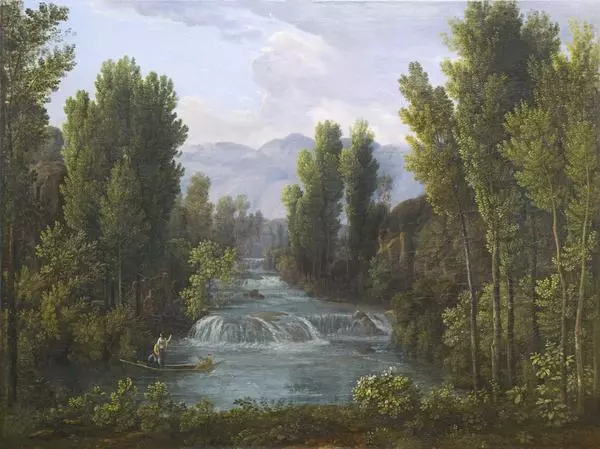The Russian master of landscape painting Fyodor Matveyev was born in 1758 into the family of a soldier of the Izmailovsky Life Guards Regiment. At the age of six, he was sent to school at the Academy of Arts. Later, Matveyev continued his studies with the famous landscape painter Semyon Shchedrin. In 1779, Matveyev graduated from the academy with honors, receiving a gold medal. The award allowed the artist to go on a state-paid trip to Italy, where he subsequently chose to remain.
In 1807, Matveyev was awarded the honorary title of Academician of Painting for his work “View of Naples from the Foot of Posillipo.” The artist was recognized not only in Russia: in 1813 he was elected a member of the Academy of Saint Luke in Rome. The artist Sylvester Shchedrin, who visited the Roman studio of Fyodor Matveyev, admired his painting, noting the lightness of the brush and the accurate depiction of nature.
Academic landscapes at that time were commonly called “views.” Such images usually looked like theatrical productions — with obligatory side-scenes in the form of plants or buildings, as well as a division into the foreground, middle ground and background. The “View in Italy, ” completed by Fyodor Matveyev in 1805, was also created in accordance with this rule.
Matveyev subordinated the composition of his works to strict calculation, observing the divisions into several areas. The wide coverage area and the resulting possibility of generalizations allowed the artist to give the landscapes a solemn character. In the 1810 “Italian Landscape” nature froze in idyllic calmness. The plain stretches wide, gentle hills go into the distance, Italian pine trees rise up. Human figurines — staffage — only emphasize the power and splendor of nature. The strict canons of classicism embodied in this landscape do not look academically dry, and the landscape does not turn into a scheme.
The painting was received by the Voronezh Regional
Art Museum named after Ivan Kramskoy in 1933 from the Museum of Antiquities and
Fine Arts of Voronezh State University. Previously, the work was in the
collection of the Museum of Fine Arts of the Imperial Yuriev University.

